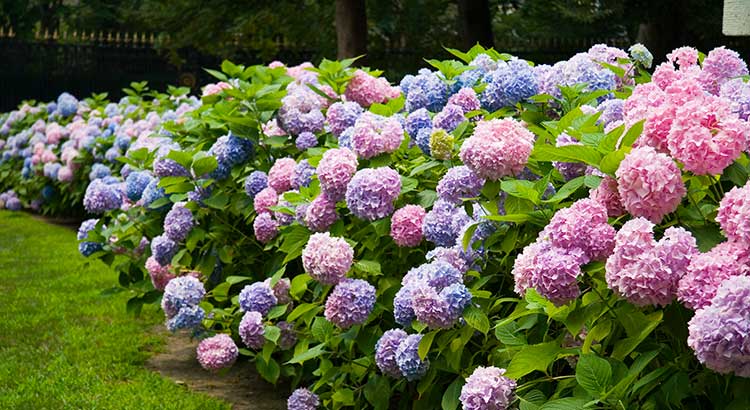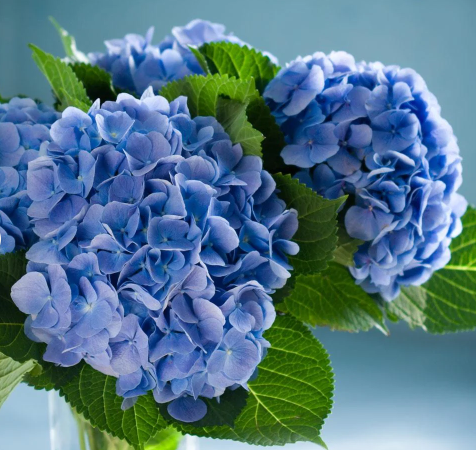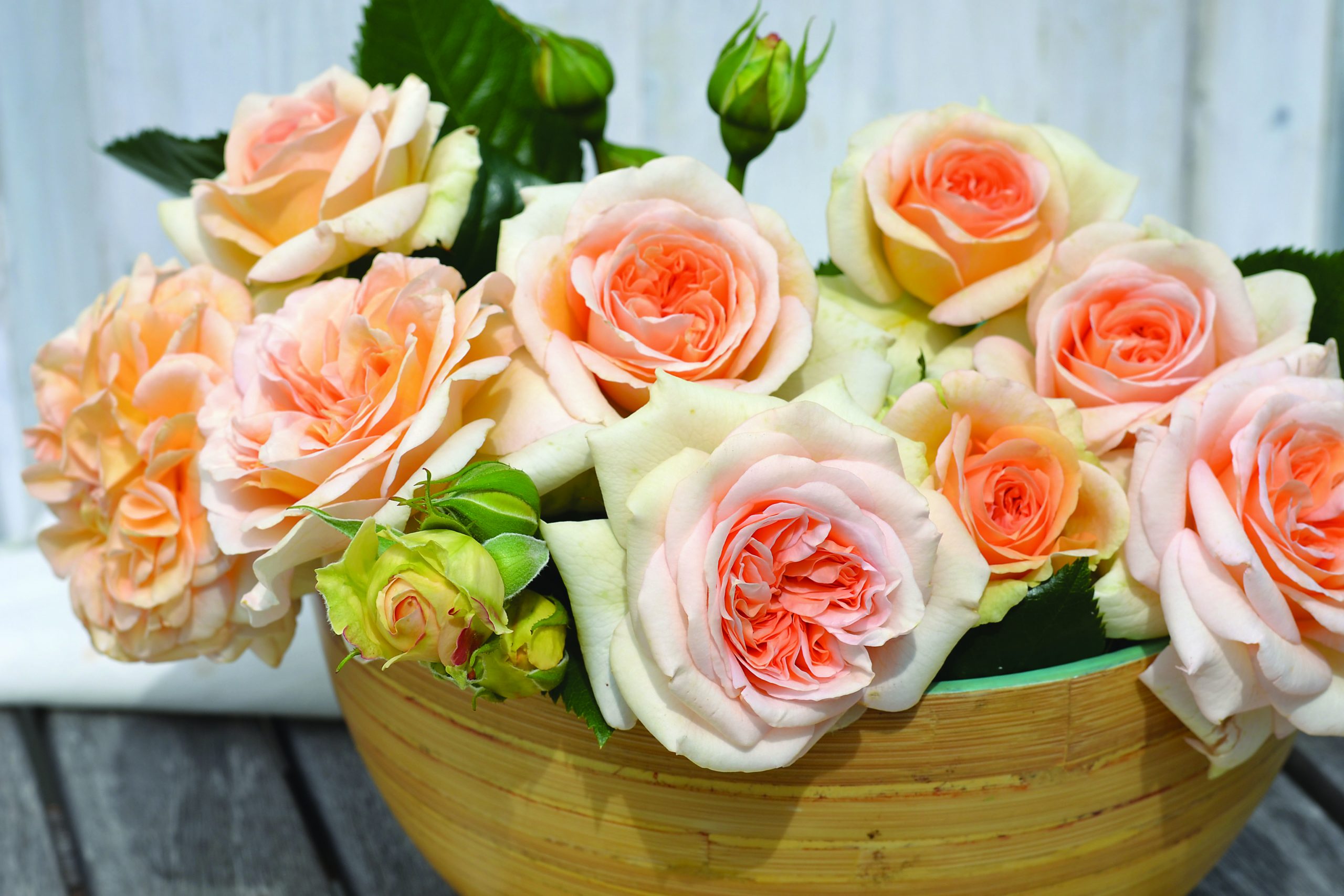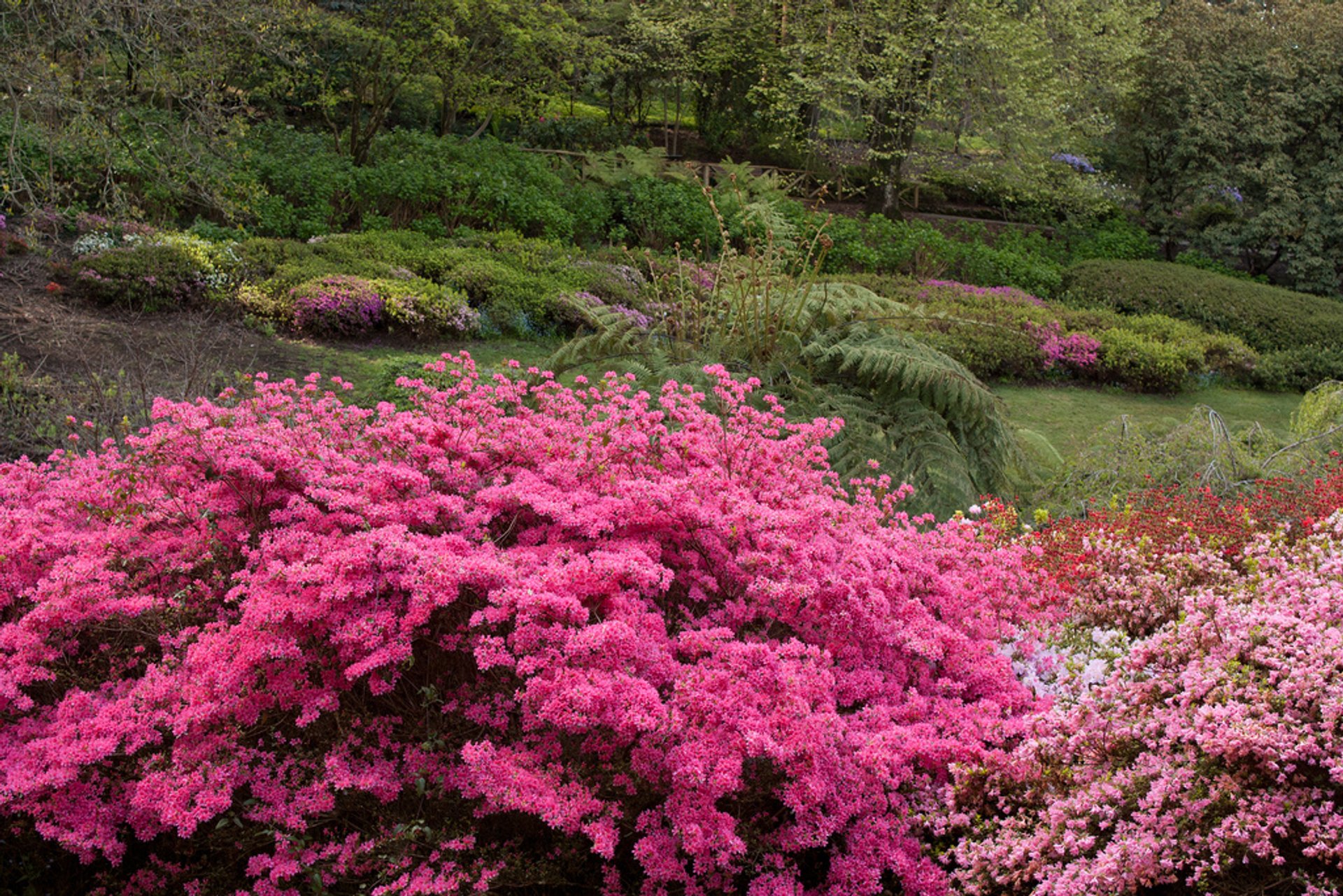Every hydrangea makes a massive statement to any garden. Our expert gardeners list great tips on how to grow hydrangeas.
Hydrangeas come in a variety of colours, shapes and sizes. Who can forget the impact of the ever-changing blooms – turning blue in acidic soil, pink in that with more lime? And then of course the white hydrangeas, with blooms resembling large snowballs.
Hydrangeas are actually native to North America and with numerous varieties to choose from, you’re certain to find one that’s right for you. They’re not only easy to grow but are also quite hardy and resistant to most pests and diseases, making it even easier to care for hydrangeas. A garden is simply not complete without one of these showstoppers!
Follow these easy steps to grow your own beautiful hydrangeas:
1. Choose the right Hydrangea: To use hydrangeas as a hedge, choose panicle, smooth or oakleaf hydrangeas which offer good fall leaf colour. If you are planting in a shadier area, choose oakleaf or climbing hydrangeas while in colder regions, a panicle hydrangea would be the wisest choice as it is the most winter hardy. Looking for an ornamental tree – look no further than the spectacular, hardy Hydrangea paniculata.
2. When to plant: You can plant hydrangeas almost anytime in the season however, planting your hydrangeas in early spring or in the fall is ideal. Although summer is not the preferred planting time – if you plant them in the summer, they need a lot more water in the beginning to establish the root system. When you are planting a hydrangea, remember that the blooms and stems must be protected from strong winds and the hot afternoon sun.
3. Where to plant: Hydrangeas generally prefer full sun in the morning, with some afternoon shade – a minimum of 4 hours daily; however, many will grow and bloom in partial shade. This is especially true for the Bigleaf hydrangeas. Always read the nursery tag provided on the plant. Plant in an area that has moist soil but is well-drained. Also plant in an area where blooms and stems are protected from strong winds.
4. How much water: If you plant your hydrangeas in the summer, they need a lot more water in the beginning to establish the root system. They enjoy deep watering at least once a week, especially in dry weather. Hydrangeas have shallow roots compared to other flowering shrubs, so they tend to dry out faster. The name hydrangea contains the root word “hydra” (like in hydration), which gives a clue about how much water these plants need. Also, Bigleaf hydrangeas tend to need the most water to thrive while an Oakleaf hydrangea can tolerate much drier conditions. Adding 2 – 3 inches of shredded mulch is an excellent way to help maintain plant moisture.
5. Fertilizing: Hydrangeas also benefit from an occasional boost of fertilizer once or twice a year in spring or summer. Be sure to spread it around the drip line of the branches and not the base. Water well. If the fertilizer you choose is a slow-release type, remember to lightly cover it with soil to activate the fertilizer. Include a light bi-annual dose of liquid iron to keep the leaves a healthy green. Fertilizing hydrangeas would not be complete without mentioning the addition of small amounts of sulfur or lime when fertilizing to change hydrangea color. Hydrangeas treated with sulfur will remain or turn blue. Lime results in pink and a change to either color takes time. Please note: white hydrangeas will not change colour.
6. Transplanting: Hydrangeas can also be transplanted easily, but this should only be done during dormancy in late fall or early spring. Be sure to dig up the entire root ball and replant immediately. Water them deeply one time. They may need no more water until warmer weather arrives. Hydrangeas must be kept watered very well the first and second summer after they are transplanted. However, do not over-water. Watering every day can be just as destructive as allowing the plants to dry out. This is especially true for Oakleaf hydrangeas. If the leaves wilt and the soil is moist enough, mist the leaves each day until they recover.
7. Pruning: When to prune hydrangeas hinges on the type of hydrangea you’re growing. Both Bigleaf and Oakleaf hydrangeas flower on old wood (last year’s stems), so you should prune plants right after flowering is finished. Some say pruning Oakleaf in early spring is best. Smooth and Panicle hydrangeas flower on new growth, so you can prune stems in late winter to early spring. Panicle hydrangeas are pruned to remove spent blooms and thin or cut back the plant in late winter/early spring. Smooth hydrangeas should be pruned to the ground each winter or early spring as well. The hydrangea vine or climbing hydrangea doesn’t usually require pruning but may be done in order to keep the new shoots under control. In general, as long as you give hydrangeas enough elbow room to spread and reach their mature size, you shouldn’t have to do too much pruning beyond cutting out dead or damaged wood.






